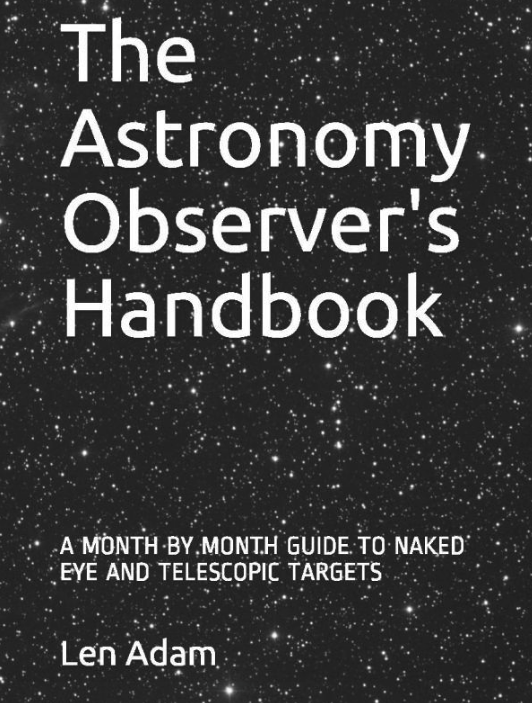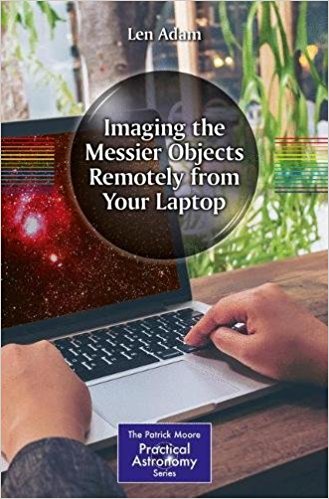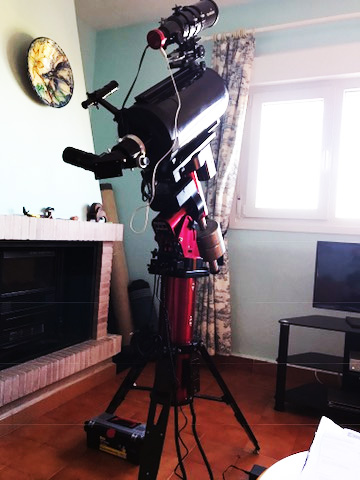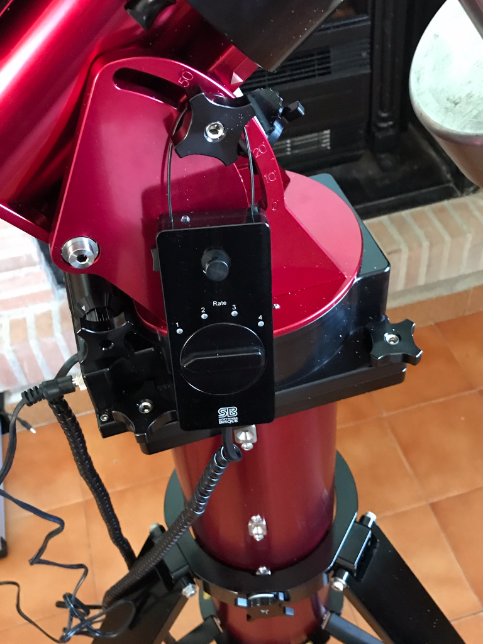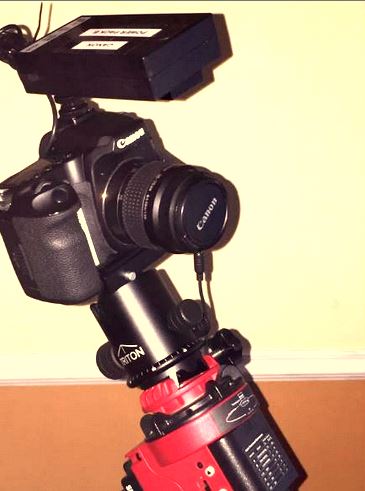A BUSY DAY WITH EARLY MORNING AND LATE NIGHT IMAGING
 Wednesday, April 3, 2019 at 7:45AM
Wednesday, April 3, 2019 at 7:45AM EARLY MORNING 3RD APRIL
At 6 a.m.today the sky was very clear and I took a monochrome image of Messier 27 using my ASI 1600 camera and 8 inch RC telescope.

I also took a short exposure of Mizar and Alcor which shows Mizar as a double star itself.

LAST WEEK'S VISUAL OBSERVATION OF MIZAR WITH DOBSONIAN
Last week I viewed Mizar and Alcor through a 150mm Dobsonian in Lancashire. The components of Mizar were further separated than in the image above uing a 25mm eyepiece. An excellent view.
NIGHT OF WEDNESDAY 3RD APRIL/THURSDAY 4TH APRIL
The night of the 3rd/4th April was crystal clear and I used it to reset the telescope pointing, taking 120 plate solved distributed images across the sky so that a list could be generated of where the telescope thought it was pointing for each image and where the telescope was actually pointing as evidenced by the plate soved image. The SkyX T-Point software then uses the errors between positions to set up a pointing model. Once this model is applied it compensates for these errors.
This image shows the points selected for imaging and the track of the telescope during the 120 point run. Notice how I have selected higher altitudes to avoid the sides of the observatory (ie the shed) and that I have avoided the polar area.

A list of the first 30 image points and errors is shown below.

T-Point advised that I needed to adjust the position of the mount but once the corrections were active the mount slewed to every object precisely and centred it in the crosshairs.
I slewed the telescope to M51 and took a series of images without any guiding. L, R, G, B - 5 images each - each of 60 second exposure time. I aligned and stcked these into an LRGB image in Nebulosity and processed the result in Photoshop. Here is the final image.

I slewed to M101 and repeated the process with the result below.

 [Your Name Here] | Comments Off |
[Your Name Here] | Comments Off | 
